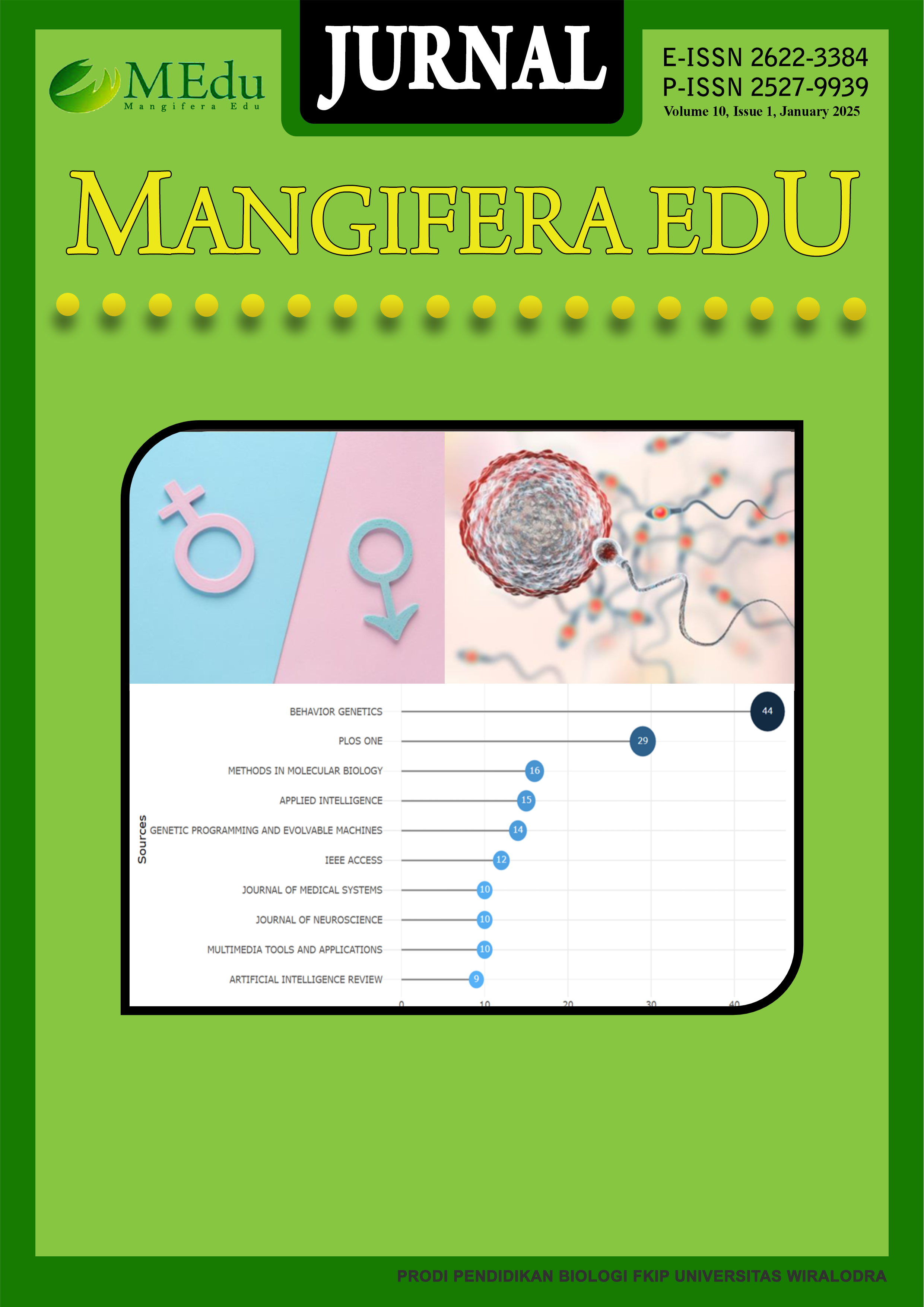Analysis of the growth and yield of Microgreens of the Brassica sp. family on the effect of limitied irradiation
ABSTRACT
Microgreens are a key concept in urban farming due to their ability to be grown easily, affordably, and efficiently in limited urban space. This study aims to determine the growth and yield of microgreens from the Brassica sp. family, which is cultivated under limited lighting conditions. This research was conducted from February to March 2025 at the laboratory of the Faculty of Agriculture, Singaperbangsa University, Karawang. This study employed an experimental method using a Split-Plot design within a Group Randomized Design framework, consisting of a main plot and a subplot. The main consisted of six levels of limited light exposure: indoor control, outdoor control, lighting at 60%, lighting at 50%, lighting at 40%, and lighting at 30%. The subplots were divided into three plant types: cauliflower, radish, and broccoli. Each treatment was repeated twice, resulting in a total of 36 experimental units. The effects of the treatment were analyzed using a variety of F-tests at the 5% significance level. When a significant interaction was detected, further analysis was conducted using the DMRT (Duncan's Multiple Range Test). The experimental results indicated a significant interaction between limited light exposure and plant type on the observed parameters of growth uniformity and plant height at 7 days after planting (DAP). The combination of lighting at 50% with broccoli plants provides the highest growth coherence value of 88%. In contrast, the highest value at 7 days after planting, measuring 6.55 cm, was observed in the lighting at 30% combined with broccoli plants.
ARTICLE INFO
Keywords
Brassica sp. family, Limited irradiation, Microgreens, YieldPublished
July 22, 2025Issue
Vol. 10 No. 1 (2025)How to Cite
Most read articles by the same author(s)
- Pritha Nour Mustikawaty, Nurcahyo Widyodaru Saputro, Induction of Apple Cucumber (Cucumis melo) Buds Development by Combination of Kinetin and IAA In B5 (Gamborg) Medium , Jurnal Mangifera Edu: Vol. 6 No. 1 (2021): Jurnal Mangifera Edu
- Liga Nursolihah, Slamet Abadi, Nurcahyo Widyodaru Saputro, Various Concentration Distribution of Benzil Amino Purine Concentration on Callus Growth in Apple Cucumber Originated from Karawang , Jurnal Mangifera Edu: Vol. 6 No. 2 (2022): Jurnal Mangifera Edu



